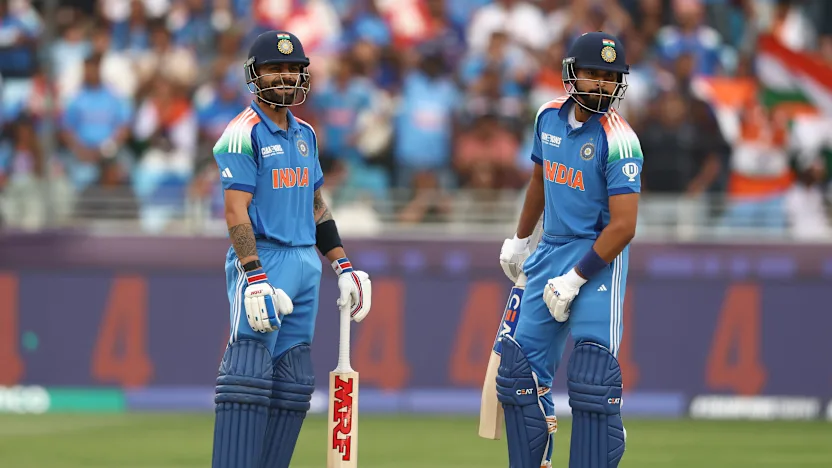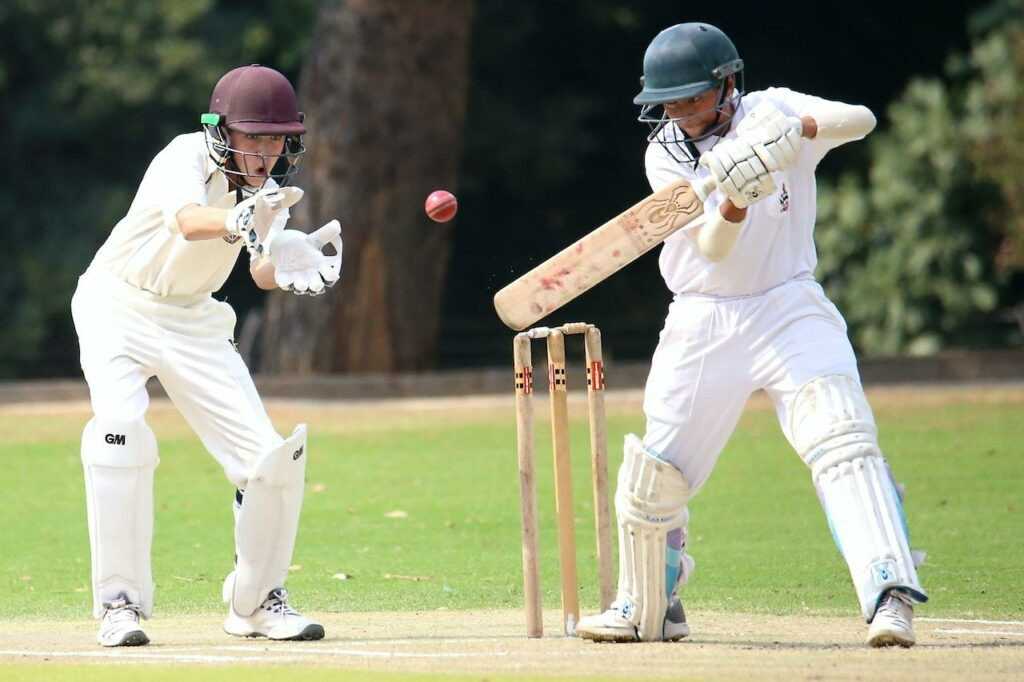How the Rules of Cricket Affect Every Game

Strong 8k brings an ultra-HD IPTV experience to your living room and your pocket.
Cricket is not just about bat and ball—it’s about rules. Every ball bowled, every run scored, and every decision made follows a clear set of rules. But many new fans don’t realise just how much these rules of cricket affect what happens on the field.
When you watch a match and see a close run-out, a powerplay change, or a no-ball called—it’s not random. These are outcomes of rules that control the pace, scoring, and pressure in the game.
If you’ve ever wondered why some matches feel slow and others move fast, or why teams play differently in various formats, this guide is for you. It breaks down how the rules of cricket affect every game, in plain, everyday English.
Why Rules Matter in Cricket
Cricket rules control more than just the score. They affect:
Team strategy
Match speed
Player selection
Field settings
Use of technology
Each rule has a clear role in how the game plays out.
Match Format Changes the Impact of Rules
The same rules apply in most matches, but the format changes how they affect the game.
Test Matches (5 Days)
No over limits
Teams bat twice
Players focus on defence and patience
Draws are common due to time
Rules like follow-on, new ball, and field restrictions rarely change but affect Test matches deeply. Bowlers can bowl longer spells, and batsmen take their time.
One Day Internationals (ODI)
50 overs per team
Balanced between attack and defence
Fielding restrictions like powerplays force aggressive batting early
A no-ball or a dropped catch in the last overs can change the entire match outcome. That's how much weight each rule carries.
T20 Matches (20 Overs)
Only 20 overs per team
Fast pace, high risk
Every rule is magnified
In T20, a single wide can cost a game. Bowlers can’t afford errors. Powerplays are short, so batsmen must attack early.
Key Cricket Rules That Change Game Dynamics
Here’s how some of the most common rules impact match strategy and result.
Powerplays
Fielders are limited in set areas during the first few overs. This helps batsmen score faster. In ODIs, there are three phases. In T20, it's only six overs.
Effect:
Teams go for quick runs early
Bowlers must be precise
Fielding errors cost more
No-Balls and Free Hits
A bowler overstepping gives the batting team an extra run and a free hit (in limited overs).
Effect:
Big scoring chance
Keeps pressure on the bowling side
DRS (Decision Review System)
Each team can challenge umpire decisions using video technology.
Effect:
Reduces errors
Helps fairness
Used tactically to stop game-turning mistakes
Run-Out and LBW Rules
These rules test players' awareness and judgement.
Effect:
Run-outs punish slow runners or poor calls
LBW encourages better footwork from batsmen
Both are key in tight matches
Weather Rules (Duckworth-Lewis Method)
Used when rain affects the match.
Effect:
Gives revised target to the second team
Changes game plan, especially in short matches
How Field Settings Are Controlled by Rules
Fielding positions aren’t random. They follow strict rules, especially during powerplays.
Examples:
Only two fielders allowed outside the circle during first six overs in T20
No more than five fielders on the leg side at any time
Impact:
Teams can’t crowd key areas
Field placements must balance defence and aggression
Player Strategies Shaped by Rules
Batsmen
Play safer during early Test innings
Take risks during T20 powerplay
Use gaps created by fielding rules
Bowlers
Use bouncers carefully (limited to one per over in limited-overs)
Save best overs for death overs
Work within over limits in short formats
Captains
Change bowlers based on over limits
Place fielders within legal rules
Use reviews wisely to keep decisions in favour
How Rules Make Matches Fair
Rules make sure:
Each team gets the same chance
Bat and ball are balanced
Technology supports fair play
This allows players to focus on skill rather than tricks or unfair play. Cricket’s rules are strict but designed to keep the contest fair.
Examples from Real Matches
In the 2019 World Cup Final, England won due to more boundaries after a tie and super over—a result of tie-break rules.
In IPL matches, no-balls have changed game results in the last over.
Rain-shortened games often flip momentum due to revised targets.
These are all real cases of how the cricket rules and regulations directly affect outcomes.
What Would Happen Without Rules?
Without set rules:
Teams would keep bowling the same bowlers
There’d be no fairness in batting first vs second
No limits on fielding would kill scoring chances
Rules make cricket a contest, not chaos.
FAQ – Rules of Cricket and Game Impact
Who makes the rules of cricket?
The rules are set by the Marylebone Cricket Club (MCC) and followed worldwide.
Why are fielding rules strict in T20?
To give batsmen a fair chance to score in a short format.
How does the powerplay help a team?
It allows easier scoring due to fewer fielders outside the circle.
What happens after a no-ball in T20?
The batting side gets a free hit and a run. The bowler must bowl again.
Why is DRS important?
It helps teams correct umpire errors using video reviews.
Can bowlers bowl back-to-back overs?
No, they must rest at least one over between spells.
How do overs affect game strategy?
They limit bowler usage and decide how aggressive teams must be.
Why do rules change by format?
Each format has different time limits, so rules are adjusted to match style and fairness.
Does every cricket match follow the same rules?
Most core rules are the same, but some vary by format.
How many powerplays are in an ODI?
There are three powerplays: 1–10, 11–40, and 41–50 overs, each with different fielding limits.
Note: IndiBlogHub features both user-submitted and editorial content. We do not verify third-party contributions. Read our Disclaimer and Privacy Policyfor details.



